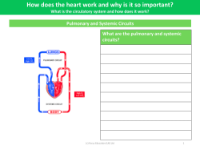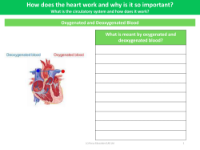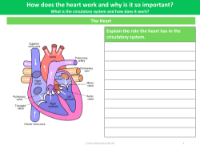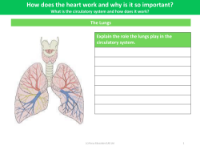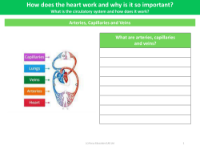What is the circulatory system and how does it work? - Teacher notes
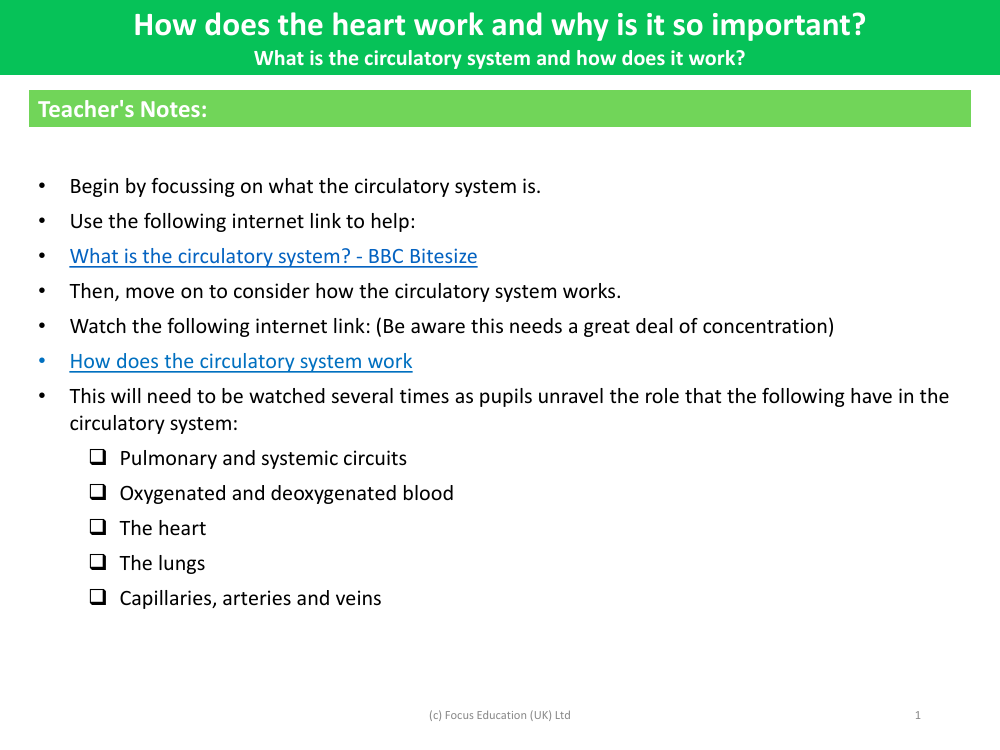
Science Resource Description
The circulatory system is a complex network that plays a vital role in maintaining the body's overall health and functionality. It is responsible for the transportation of blood, nutrients, gases, and waste products to and from the body's cells. At the heart of the circulatory system is the heart itself, a powerful muscular organ that pumps blood throughout the body. The system is divided into two main circuits: the pulmonary circuit, which carries blood to the lungs to pick up oxygen and release carbon dioxide, and the systemic circuit, which delivers oxygen-rich blood to the rest of the body.
Understanding how the circulatory system works involves delving into the intricate processes that occur within these circuits. Oxygenated blood, which is rich in oxygen and low in carbon dioxide, is transported from the lungs to the heart and then pumped out to the body's organs and tissues through arteries. After delivering oxygen and collecting waste products like carbon dioxide, the now deoxygenated blood returns to the heart via veins. The heart then sends this blood back to the lungs, where it is reoxygenated. This cycle is continuous and is essential for sustaining life, as it ensures that all body cells receive the oxygen they need for energy production and that waste products are efficiently removed. Capillaries, the smallest blood vessels, play a key role in the exchange of gases and nutrients between the blood and tissues.


